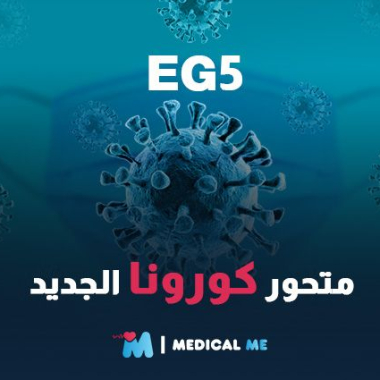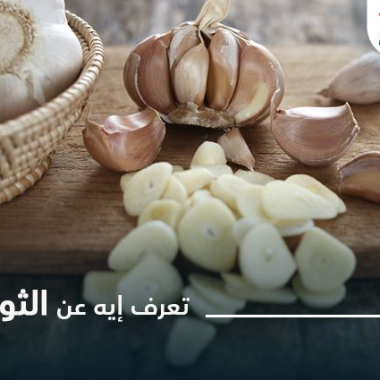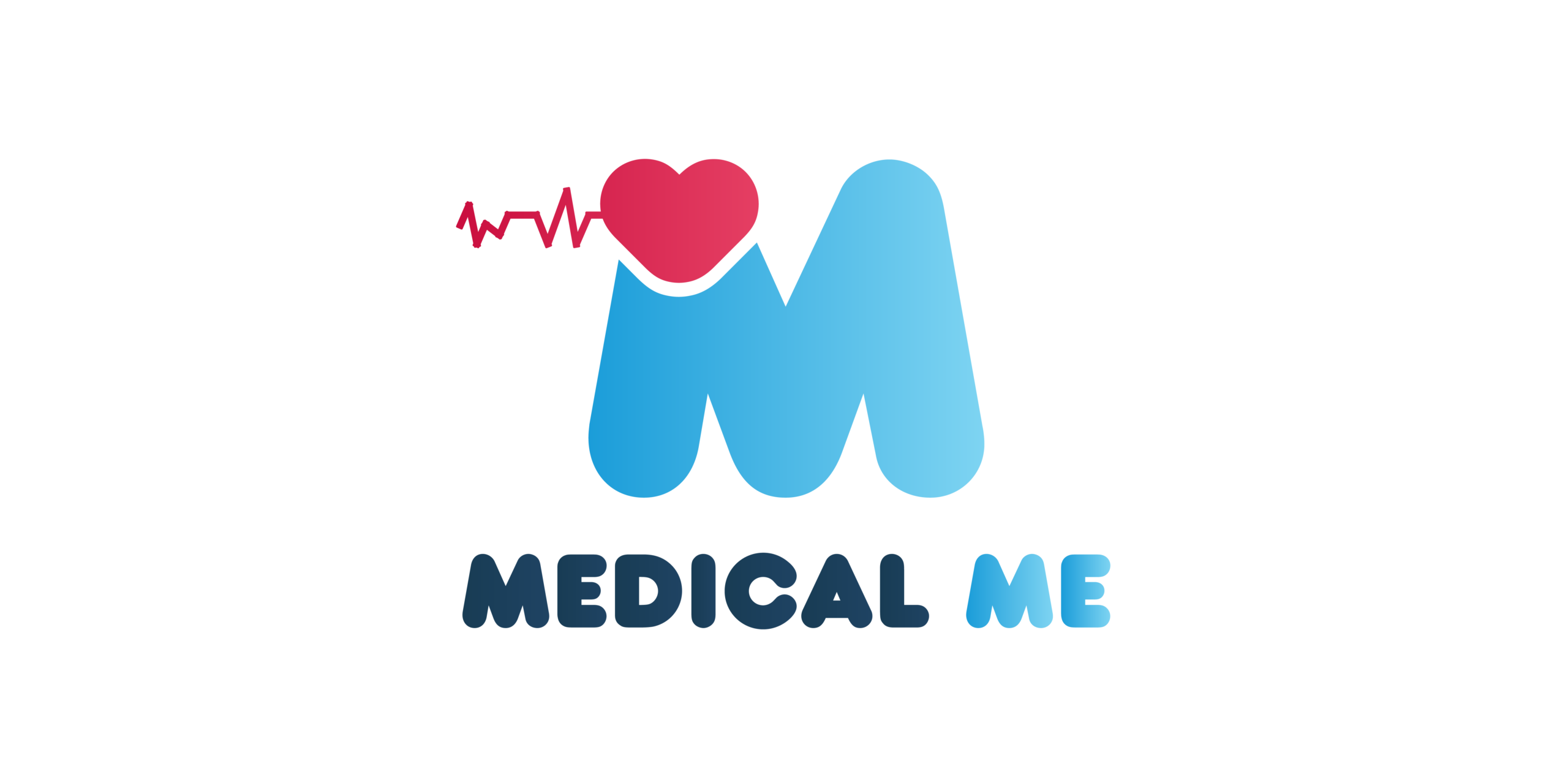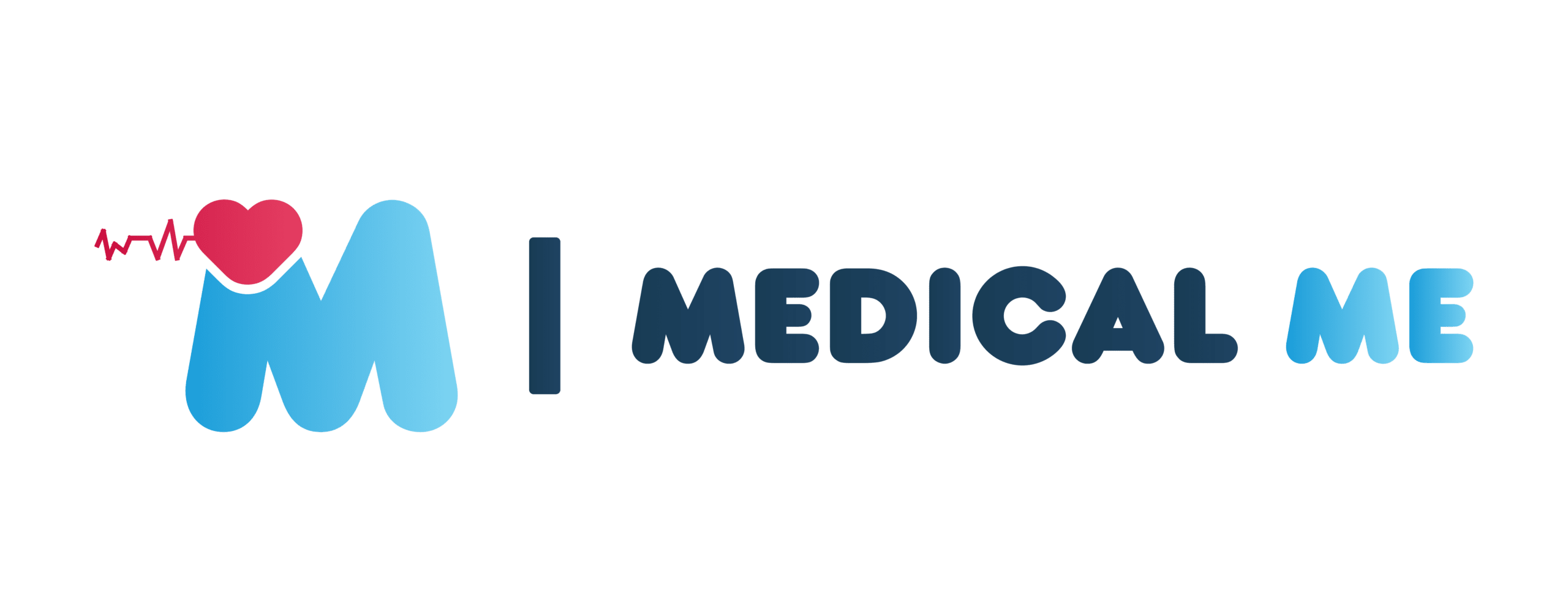It is the measurement of the force of the blood pumped around your body. Blood pressure is divided into:
Systolic blood pressure: It occurs when the heart muscle contracts, and pushes blood into the arteries and blood vessels.
The normal systolic blood pressure is 120 mm / Hg.
Diastolic blood pressure: It occurs when the heart muscle relaxes.
The normal diastolic blood pressure is 80 mm / Hg. So the normal blood pressure is 120/80 mm / Hg.
When these ranges increase or decrease this means you have a problem and you may suffer from hypertension or hypotension.
What is hypertension?
It is the high flow of blood within the blood vessels. High blood pressure is dangerous because it causes severe pressure on the heart muscle, atherosclerosis , kidney diseases , and cardiovascular or cerebral shocks.

Causes of hypertension:
Scientists didn’t know an actual cause of hypertension, but there’s some risk factors such as:
- Stress and depression.
- Obesity.
- Smoking and drinking alcohol.
- Thyroid and adrenal glands’ diseases.
- Old ages.
- Unhealthy lifestyle.
- Genetics.
5 Nutrients for high blood pressure:
- Dark chocolate.
- Nuts.
- Leafy vegetables.
- Garlic.
- Ginger.
1. Sodium-Rich Nutrients
Sodium, a component of salt, is a well-known contributor to high blood pressure. When you consume too much sodium, your body retains water, leading to increased blood volume and pressure on your blood vessel walls. Here are some common sodium-rich foods to be mindful of:
Processed Nutrients: Many processed and packaged foods, including canned soups, frozen meals, and snack foods, are loaded with sodium to enhance flavor and extend shelf life.
Restaurant and Fast Nutrients: Dining out or ordering takeout frequently can expose you to hidden sources of sodium, as restaurants often use salt in cooking and food preparation.
Cured and Processed Meats: Bacon, ham, sausage, and deli meats are often high in sodium due to the curing process.
Tips for Reducing Sodium Intake:
- Read Labels: Pay close attention to food labels and choose low-sodium or sodium-free options when available.
- Cook at Home: Preparing meals at home allows you to control the amount of salt you add to your dishes.
- Use Herbs and Spices: Experiment with herbs, spices, and other seasonings to flavor your food without relying on salt.
2. Sugary Beverages
Consuming sugary beverages, such as soda, fruit juices, and sweetened teas, can contribute to weight gain and high blood pressure. Excess sugar intake may lead to insulin resistance, which can increase blood pressure. High-sugar beverages also provide empty calories without the nutrition your body needs.
Tips for Reducing Sugary Beverage Intake:
- Opt for Water: Water is the healthiest beverage choice. Infuse it with fresh fruits or herbs for added flavor.
- Choose Unsweetened Varieties: Look for unsweetened versions of your favorite beverages, such as unsweetened almond milk or iced tea.
- Limit Fruit Juice: If you enjoy fruit juice, consume it in moderation and choose 100% fruit juice without added sugars.
3. Red Meat
While lean cuts of red meat can be part of a balanced diet, excessive consumption of red and processed meats has been linked to high blood pressure. These meats are often high in saturated fat, which can contribute to cholesterol buildup in your arteries, increasing the risk of hypertension and heart disease.
Tips for Moderating Red Meat Consumption:
- Choose Lean Cuts: Opt for lean cuts of red meat and trim visible fat before cooking.
- Limit Processed Meats: Reduce your intake of processed meats like sausages, hot dogs, and bacon.
- Explore Plant-Based Alternatives: Incorporate plant-based protein sources like beans, lentils, tofu, and tempeh into your diet.
4. Excess Alcohol
Excessive alcohol consumption can lead to high blood pressure and other health problems. While moderate alcohol consumption may have some cardiovascular benefits, heavy drinking can raise blood pressure significantly. Additionally, alcohol can interfere with the effectiveness of blood pressure medications.
Tips for Moderating Alcohol Intake:
- Know Your Limits: Follow recommended guidelines for moderate alcohol consumption, which typically means up to one drink per day for women and up to two drinks per day for men.
- Stay Hydrated: Alternate alcoholic beverages with water or other non-alcoholic drinks to stay hydrated and reduce the overall amount of alcohol you consume.
5. Caffeine-Rich Beverages
Caffeine is a natural stimulant found in coffee, tea, energy drinks, and some soft drinks. While moderate caffeine consumption is generally safe for most people, excessive intake can temporarily raise blood pressure. Sensitivity to caffeine varies among individuals, so it’s essential to monitor your body’s response.
Tips for Managing Caffeine Intake:
- Know Your Limits: Be aware of your caffeine tolerance and limit your daily intake if you are sensitive to its effects.
- Consider Decaffeinated Options: Opt for decaffeinated coffee or tea if you enjoy these beverages but want to reduce your caffeine intake.
Maintaining a heart-healthy diet is crucial for managing high blood pressure and reducing the risk of heart disease and other complications. By limiting or avoiding sodium-rich foods, sugary beverages, excessive red meat, alcohol, and caffeine, you can take significant steps toward better blood pressure control. Remember that dietary changes are most effective when combined with other lifestyle modifications, such as regular physical activity, stress management, and medication when prescribed by a healthcare provider. Consulting with a registered dietitian can also provide personalized guidance to help you achieve and maintain a heart-healthy diet tailored to your specific needs and preferences.
What’s hypotension?
It is lowered blood flow in blood vessels which cause some symptoms like: dizziness, blurred vision, general weakness and lack of focus.
Diagnosis of hypertension and hypotension:
The diagnosis depends mainly on measuring the blood pressure using a blood pressure device.
You can own one from Medical me website to measure your blood pressure if you feel any abnormal symptoms. These devices are cost effective and easy to use specially the digital types. The results appear in a few seconds.
Sources:














